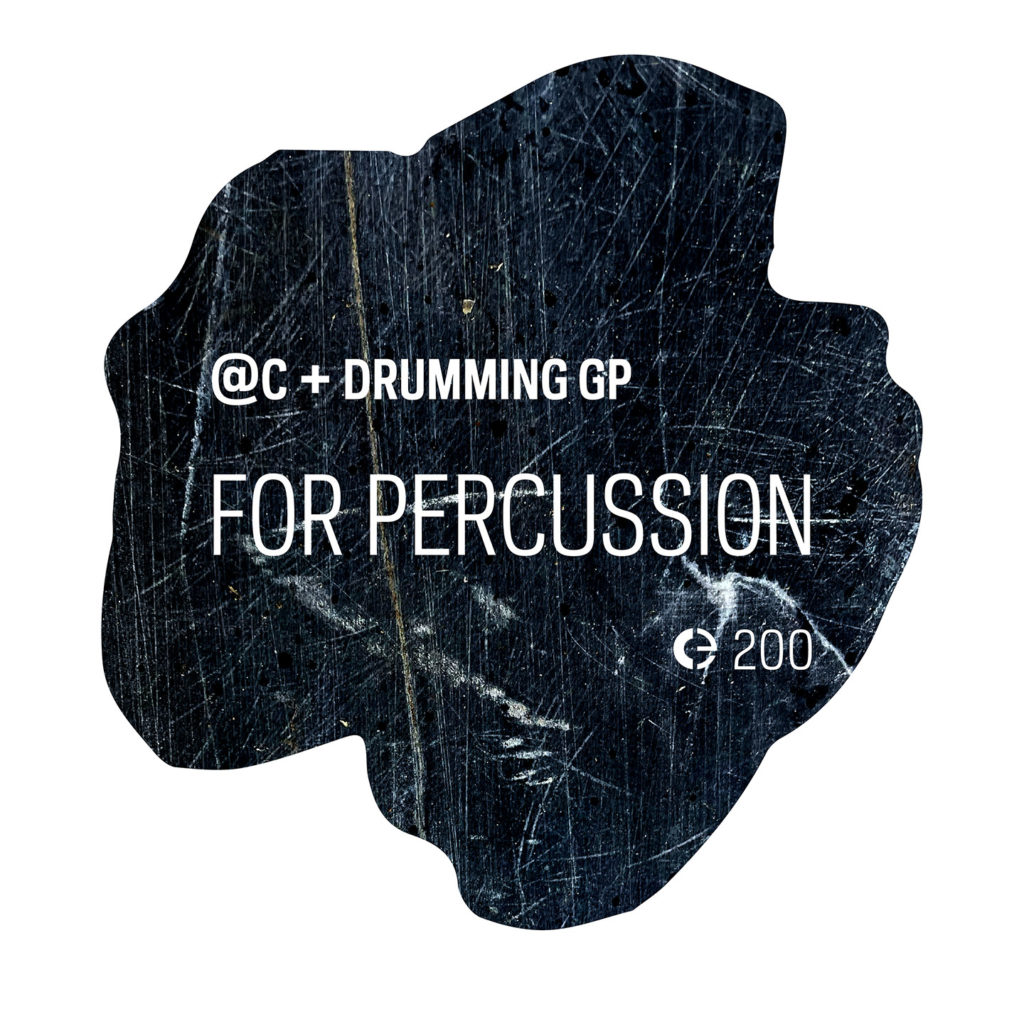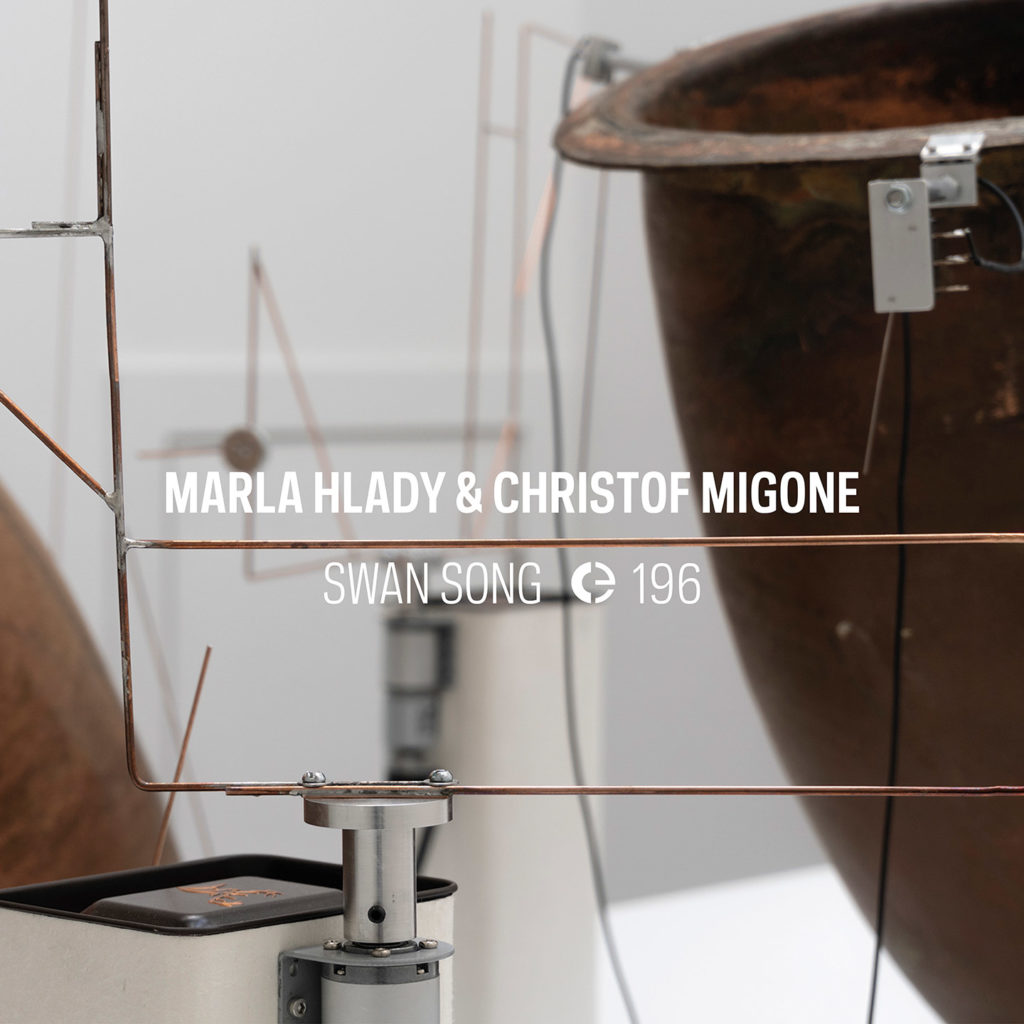
Roel Meelkop I know very well, and I am not surprised that his new release deals with war and peace. In 2022 he contributed to a compilation, ‘Stop All Wars’. He was thinking of Ad Reinhardt, the American painter, and his postcard to the “war Chief”, with negations “such as “no napalm”, “no bombing”, “no injustice”, and “no art in war”, “no art as war”, “no art about war” and, of course, the card is now a piece of art. Should you stop creating art because there is a war? On the cover, Meelkop writes his considerations, but there is a CD, so it’s safe to say Meelkop doesn’t give up. Meelkop’s piece to the compilation is quite a furious one for his doing (check out https://emerge.bandcamp.com/album/–3), and I believe he reworked it into the first piece on ‘Viva In Pace’, but the extension of the piece is the opposite of noise. Meelkop belonged to the first wave of laptop musicians but recently “went modular”, like many of those musicians. I am unsure if that is also the case with his current releases, but judging by the music, I’d say this is the case here. There is also room for ‘other sounds, such as the cymbal at the end of ‘II’. Some of the music is still quite furious at times, and throughout, much of this is very dark, but given the war-thematic approach, that is hardly a surprise. But it wouldn’t be a Meelkop release if there is also some room for quiet sounds. You can read all sorts of war-related metaphors in this music, just as much if you don’t know the background story here, you can think of this all pretty abstract music. In that sense, this new Meelkop release, just like his previous, ‘Rest In Space’ (see Vital Weekly 1374), is a departure from much of his older work, as both of these come with lengthy liner notes and background information, which I am sure many people find more insightful than a full-on abstract album. (FdW)
via Vital Weekly










